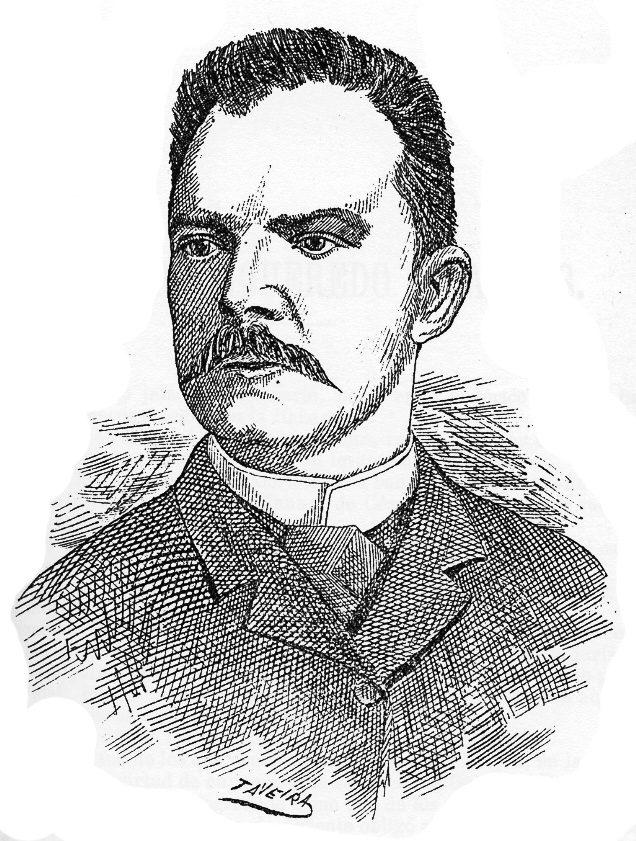3.5.4 Fernando Figueredo Socarrás (1846 – 1929), his testimonial, journalistic and historical work

Fernando Figueredo, a native of the heroic town of Bayamo, studied engineering in the United States, where he joined the conspiratorial activities of the Cuban Revolutionary Club and returned to Cuba after the war broke out in 1868, in which he fought bravely and, thanks to his military merits, he rose to the position of Chief of Staff and made contact with the main figures of this period, such as Carlos Manuel de Céspedes, Antonio Maceo and Máximo Gómez.
He wrote “The Revolution of Yara,” in which he describes what happened while he was fighting in the jungle, that is, from the alpha to the omega, from the beginning to the end of the separatist conflict, even going so far as to express his dissent in Baragua regarding the Pact of Zanjón.
The text is a compilation of lectures given by the fighter in exile between 1882 and 1885, and thus bears the indelible marks of oral tradition. With restraint and without bias, it points out the errors of the heroic deed that had ended and points toward the future.
Fernando Figueredo launched an intense propaganda campaign in support of the war effort, which built a bridge between past achievements and the future that was already in sight, and which would continue after the establishment of the Republic. This campaign had coverage in various media, such as: Revista de Cayo Hueso, Patria, La Discussion, Pro Patria, Cuba y América, Ideas e Ideales, Universal, Heraldo de Cuba and Vida Nueva, among others.
Not only did he leave an inescapable testimony about the vicissitudes of the jungle, but the pamphlets and journalistic texts he created also reflect the enthusiasm of the emigrants and their unconditional support for the cause, which often included the willingness to physically join in. His texts primarily recount the patriotic activities that took place on the Key, sometimes in the San Carlos neighborhoods, such as José Martí’s very moving first visit to the Rock:
“The entire colony, driven by the love that the Apostle inspired in them, carried away on the wings of the purest patriotism, filled with enthusiasm, invaded the wide docks, and with flags and banners, which signified the patriotic groups into which that group was divided; with music and joy and shouts and tears and indescribable satisfaction, received the Teacher, the Founder, who came, like Jesus to his people, to bring them the good news, to rejoice with them and with them think and talk about the Homeland. The people were captivated; the enthusiasm was indescribable. Gorgeously decorated floats formed the procession that, to the beat of the Bayamo anthem, and amidst the incessant clapping and thunderous hurrahs, traveling through Dúval, finally arrived at San Carlos, where it was no longer possible to continue. An insurmountable barrier of Cubans, ladies and gentlemen, adults and children, who cheered him, who They acclaimed and applauded him, he blocked their way; and in front of that sublime demonstration, standing on his carriage, with his forehead uncovered, with his gaze fixed on the sky and on his people who adored him, as if nailed to a rock in the middle of a raging sea, which sometimes raged stormily and other times bellowed sweetly at his feet, he made the hearts of that multitude beat, made them shed tears of joy, and the passionate crowd burst out, driven by the most ardent and delirious patriotism.
Beginning in 1902, he held various public offices and was consistent with his political stance during the nineteenth century and the essence of Martí’s legacy, which he came to understand very closely. In this regard, he distinguished himself as a scholar of his work and of the Cuban revolutionary emigration, which was not always well-regarded. He later became president of the Cuban Academy of History.








